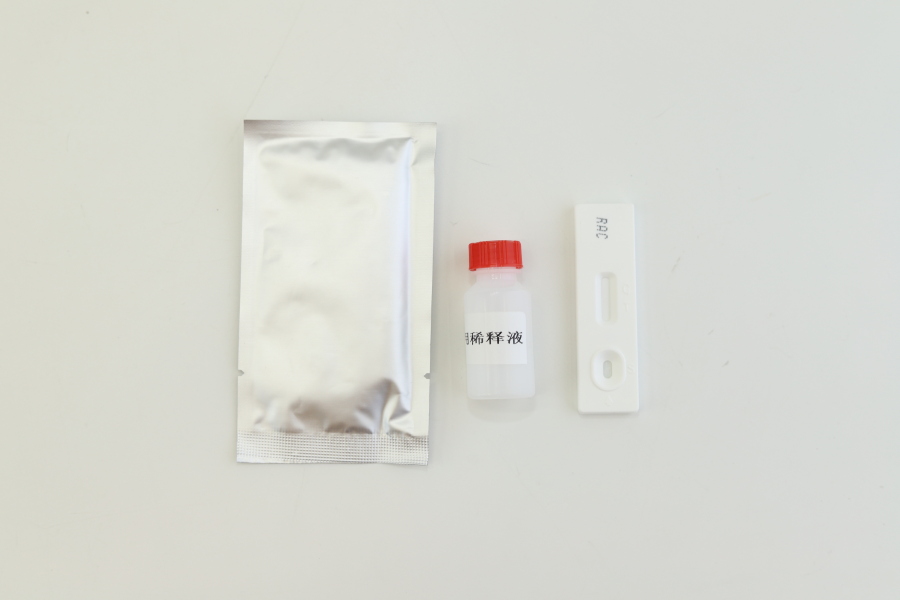Rice yeast acid is a natural toxin produced by microorganisms such as Pseudomonas coconut venom. It often contaminates fermented corn noodles, spoiled Tremella, foamed fungus and other foods. It is easy to cause nausea, vomiting, liver and kidney damage and other poisoning symptoms after human consumption, and even life-threatening. Therefore, the rapid detection of rice yeast acid in food is essential.
Colloidal gold rapid detection card of rice yeast acid is a professional reagent to meet this demand. It is based on colloidal gold immunochromatography technology and is mainly composed of sample pad, binding pad, nitrocellulose membrane (including detection line and quality control line) and absorbent pad. The detection principle is as follows: the rice yeast acid in the sample binds to the colloidal gold-labeled antibody. When the sample moves along the test strip to the detection line, if the concentration of rice yeast acid reaches the standard, it will compete with the detection line to coat the antigen to bind the labeled antibody, resulting in color development of the detection line, otherwise it will not develop color; the quality control line ensures that the detection process is effective.
Compared with traditional detection methods (such as high performance liquid chromatography, etc.), the detection card has significant advantages: results are produced within 30 minutes, which meets the needs of on-site rapid screening; no professional instruments are required, and simple training can be used; the sensitivity reaches the μg/kg level, which can accurately identify low-concentration pollution; low cost, suitable for large-scale promotion.
At present, it has been widely used in food enterprise raw material acceptance, daily sampling inspection of catering units, rapid screening of market supervision departments and other scenarios, providing efficient technical support for timely blocking of rice yeast acid pollution and protecting public dietary safety.


